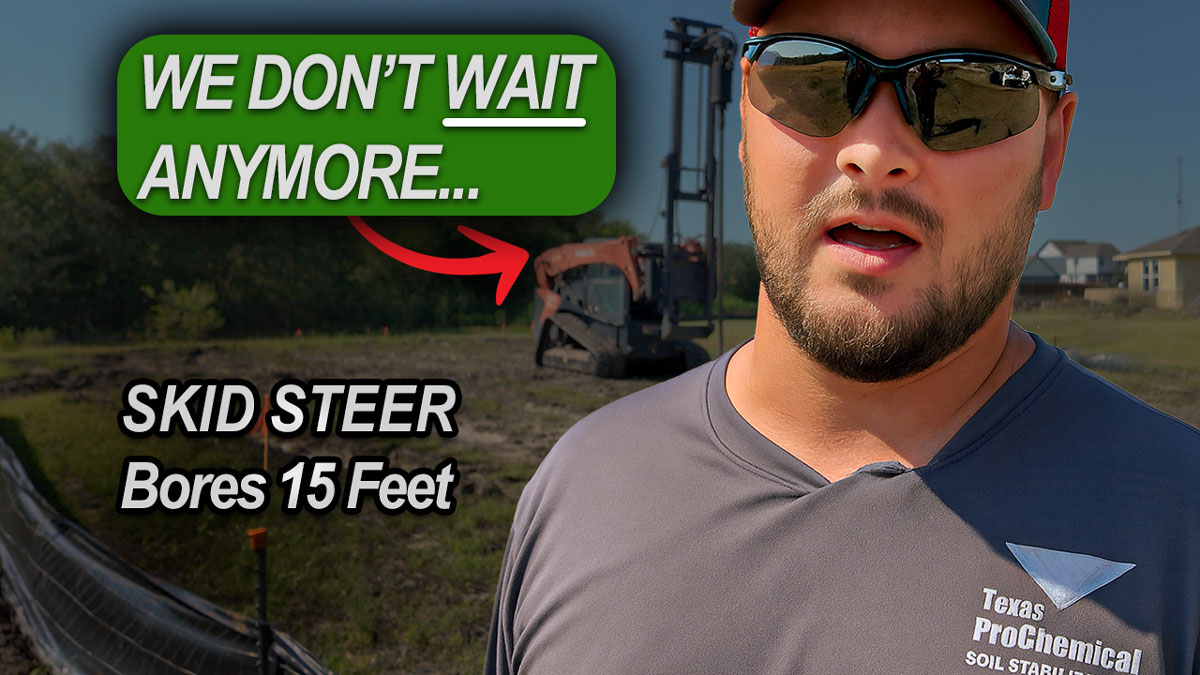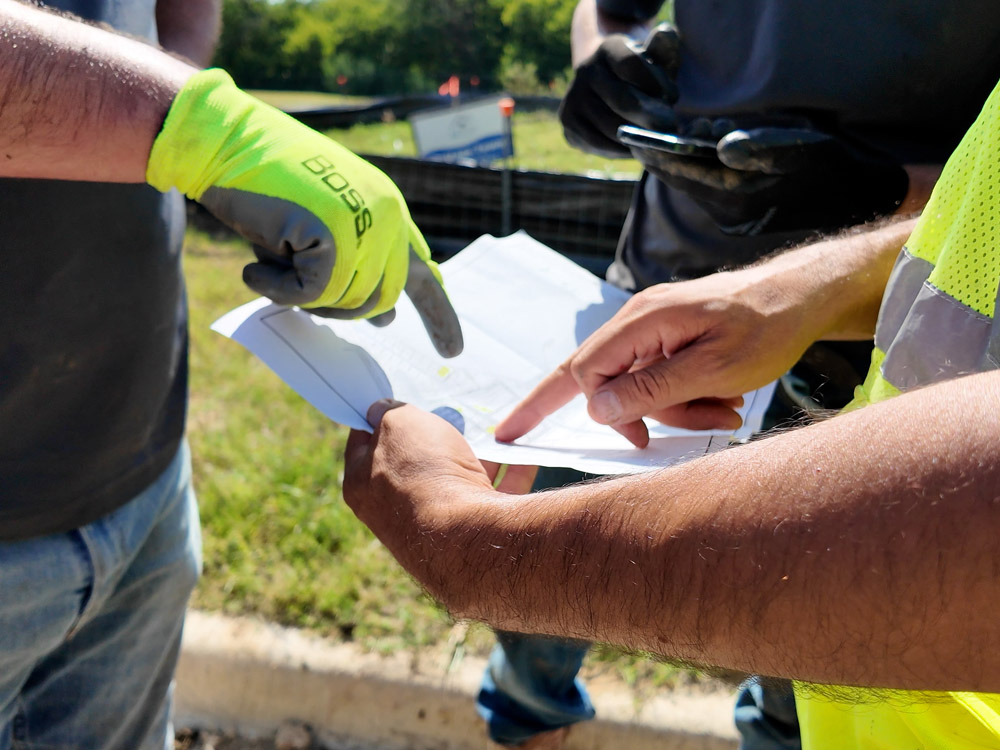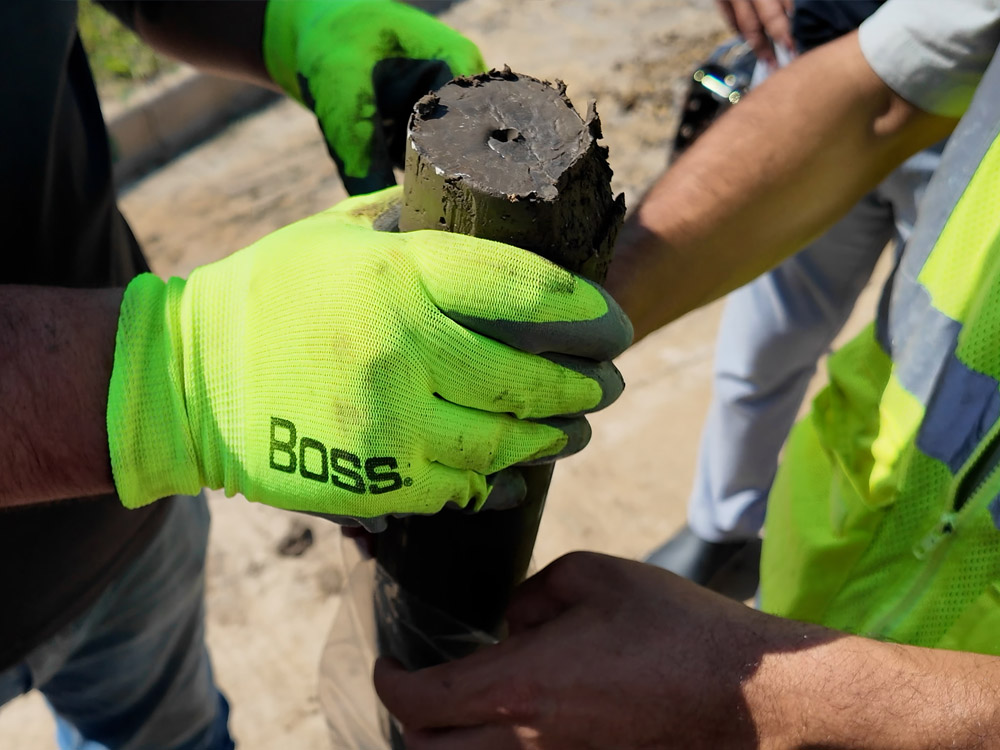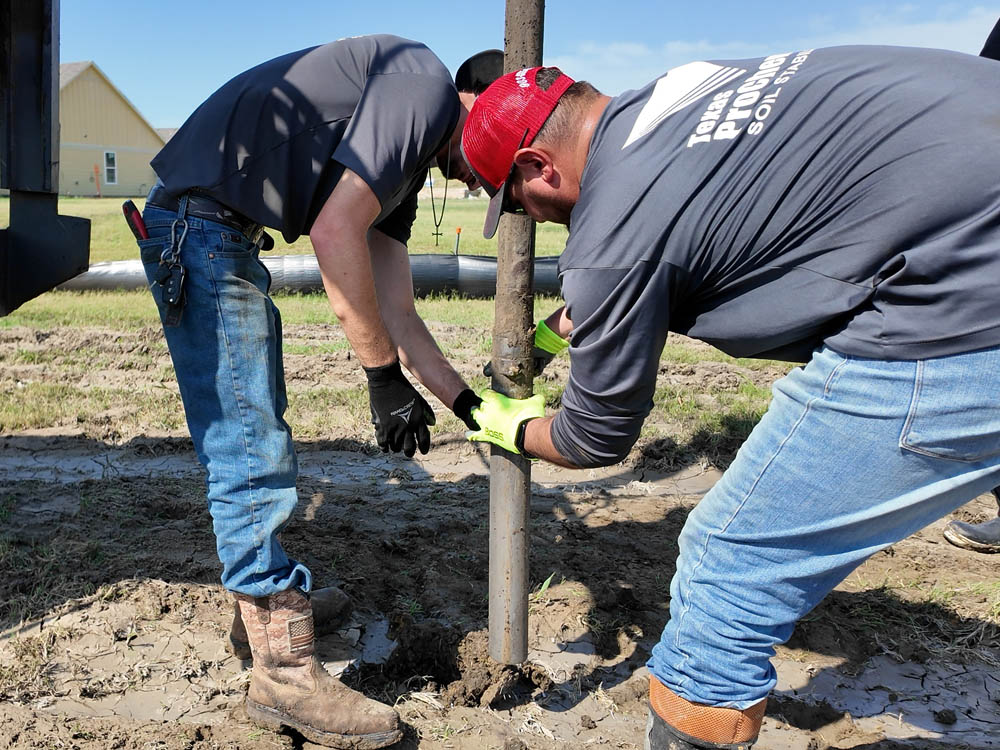Why Soil Boring Comes Before Foundation Design
Why Soil Borings Matter
Foundation risk control
Expansive clays can swell when wet and shrink when dry, causing foundation heave, settlement, or cracking.
Data-driven design
Borings provide engineers with reliable data to size footings, design slabs, and determine if soil treatment or deeper supports are needed.
Schedule certainty
Traditional geotechnical rigs often take weeks to mobilize. Our lighter system cuts delays and keeps your project moving.
As Todd Horn explains:
“We can bore up to 15 feet in two-foot sections, hand each sample directly to the engineer, and preserve chain of custody all the way to the lab.”
Chain of Custody and Sample Integrity
According to the U.S. Environmental Protection Agency (EPA), maintaining chain of custody is critical to ensure soil samples are not contaminated, substituted, or mishandled during transport. Every handoff is logged, sealed, and documented so results stand up to scrutiny in engineering reports or legal disputes.
At ProChemical, we guarantee integrity by:
- Having the engineer observe every sample extraction.
- Transferring samples directly to their custody.
- Reducing holding times so moisture and density remain accurate.


Understanding Potential Vertical Rise (PVR)
PVR is a measure of how much a soil mass will swell upward when exposed to moisture. Expansive clays common in Texas can generate several inches of vertical movement if untreated.
- A high PVR means higher foundation risk.
- TxDOT guidelines set thresholds for acceptable PVR values in pavement and structural design. If limits are exceeded, soil treatment, overexcavation, or deep foundations are required.
- Our goal is to deliver a 1% PVR benchmark, giving engineers predictable soil behavior to design against.
Faster, Cleaner, More Reliable Borings
Conventional geotechnical rigs are heavy, slow to set up, and easily delayed by site conditions. Our skid-steer mounted boring attachment allows us to:
- Set up quickly, even in muddy or tight-access conditions.
- Produce cleaner samples with less disturbance.
- Hand samples directly to the engineer onsite.
- Accelerate project schedules without sacrificing data quality.
This lean approach reduces disputes, improves lab reliability, and cuts costly downtime waiting for results.


Why Builders and Developers Trust ProChemical
- Since 1992, ProChemical has been a pioneer in stabilizing expansive soils across Texas.
- Our process treats the root cause in the soil, not just the symptoms at the surface.
- We maintain transparency and defensibility, satisfying engineers, lenders, and municipalities.
Whether you’re building a custom home, subdivision, commercial site, or pool, soil borings and PVR testing are the first step to building with confidence.
